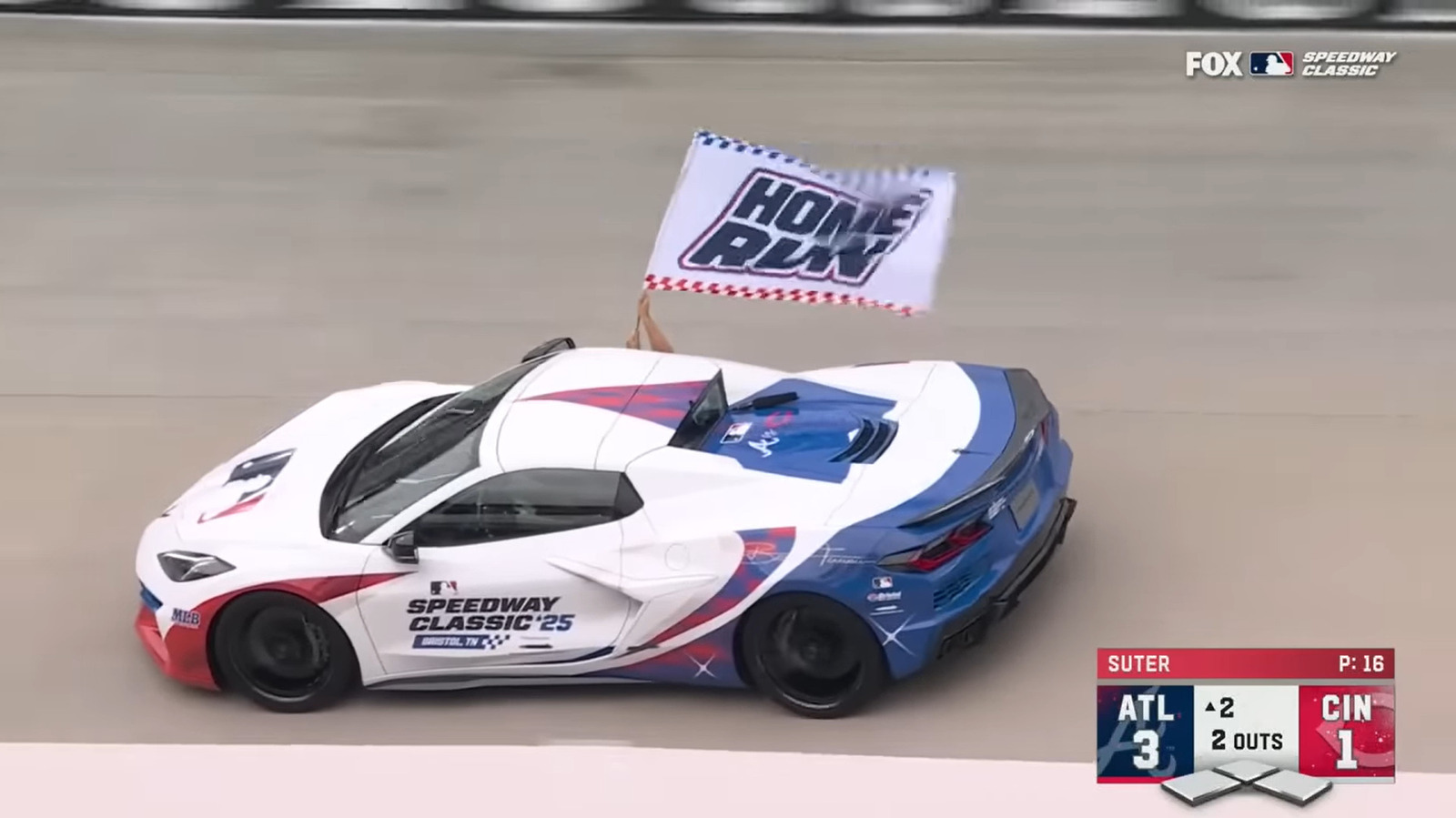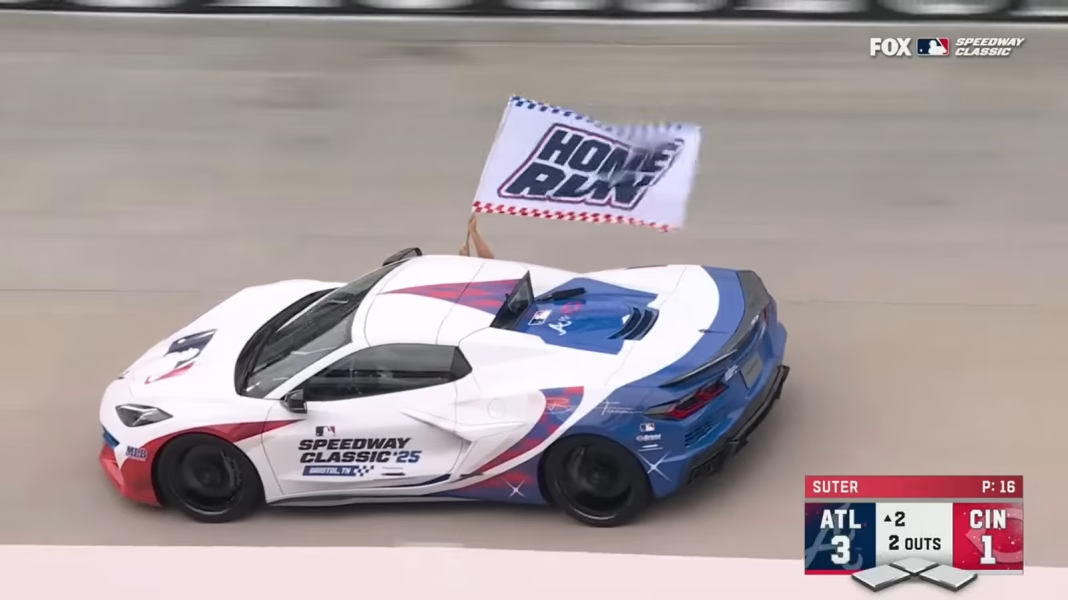What Happened When Bristol Motor Speedway Hosted Its First MLB Game?
If you’ve ever been to a big sporting event, you know the food is half the fun. There’s something about grabbing a hot dog and nachos while cheering from the stands that just feels right. But when Bristol Motor Speedway hosted its inaugural Major League Baseball game, fans were met with a surprise: hot dogs with no buns, nachos with no cheese, and a whole lot of hungry, confused faces.
Why Did the Food Run Out So Quickly?
Bristol Motor Speedway is legendary for its NASCAR races, but baseball is a different beast. The stadium, which can seat over 150,000 people, was packed for this record-setting MLB event. Organizers expected a big crowd, but the demand for classic ballpark snacks blew past even their wildest estimates. According to stadium staff, food vendors were swamped within the first hour. The lines snaked around corners, and supplies dwindled fast. By the second inning, the most basic staples—buns and cheese—were gone.
It’s easy to point fingers, but it’s not just about underestimating attendance. Baseball fans tend to eat differently than racing fans. There’s more snacking, more lingering at the concession stands, and a different rhythm to the game. The result? Pure magic for the record books, but a logistical headache behind the scenes.
How Did Fans React to the Food Shortage?
Imagine the scene: you’ve been waiting in line for 30 minutes, stomach growling, only to be handed a naked hot dog or a tray of dry chips. Some fans took it in stride, joking about the “low-carb” options. Others were less amused, venting on social media and sharing photos of their bunless dogs and cheeseless nachos. The hashtag #BristolBites trended locally for hours.
But here’s the interesting part—most people stayed. The energy in the stadium was electric, and the novelty of the event seemed to outweigh the culinary letdown. For many, it became a story to tell: the night Bristol ran out of food, but not out of fun.
What Can Other Venues Learn from This?
This wasn’t just a one-off blunder. It’s a case study in event planning, especially when a venue tries something new. Experts in sports management often stress the importance of understanding your audience. According to a 2023 report from the International Association of Venue Managers, food and beverage sales can account for up to 40% of a stadium’s event revenue. When those sales fall short, it’s not just fans who lose out—venues take a financial hit, too.
Bristol’s experience highlights the need for flexible planning. That means having backup supplies, training staff for unexpected surges, and maybe even surveying ticket holders about their food preferences ahead of time. Some stadiums now use real-time inventory tracking to avoid these pitfalls, a move that’s paid off in smoother operations and happier crowds.
Will This Impact Future Events at Bristol Motor Speedway?
If anything, this food fiasco might make future events better. Stadium officials have already promised to overhaul their concession logistics, bringing in more vendors and stocking up on essentials. They’re also considering mobile ordering and express pickup lanes to keep things moving.
Fans, for their part, seem willing to give Bristol another shot. After all, the atmosphere was unbeatable, and the game itself was a historic moment for the region. If the next event goes off without a hitch—and with plenty of buns and cheese—this whole episode will just be a funny footnote in the speedway’s story.
The big takeaway? Hosting a major event isn’t about perfection—it’s about smarter adjustments. Start with one change this week, and you’ll likely spot the difference by month’s end.


